16 Dec Shweta Balasubramoni


Despite the numerous challenges in a hitherto male dominated industry, where I had to constantly prove my abilities to avoid being dismissed as nothing more than an ‘Interior Decorator’
It wasn’t easy being a woman architect and entrepreneur in India when I started out my firm, Vistaar Associates in 2008 at the age of 27, with deep rooted prejudices, a non-conducive eco system and severe budgetary constraints. However, the internship with the likes of Ar BV Doshi and my initial days with Inspiration, a Kochi based firm known for its focus on eco sensitivity, coupled with my desire to create and touch lives helped me focus on a sustainable model of design -build and I gradually found workers who shared my passion for creativity, perfection and form.
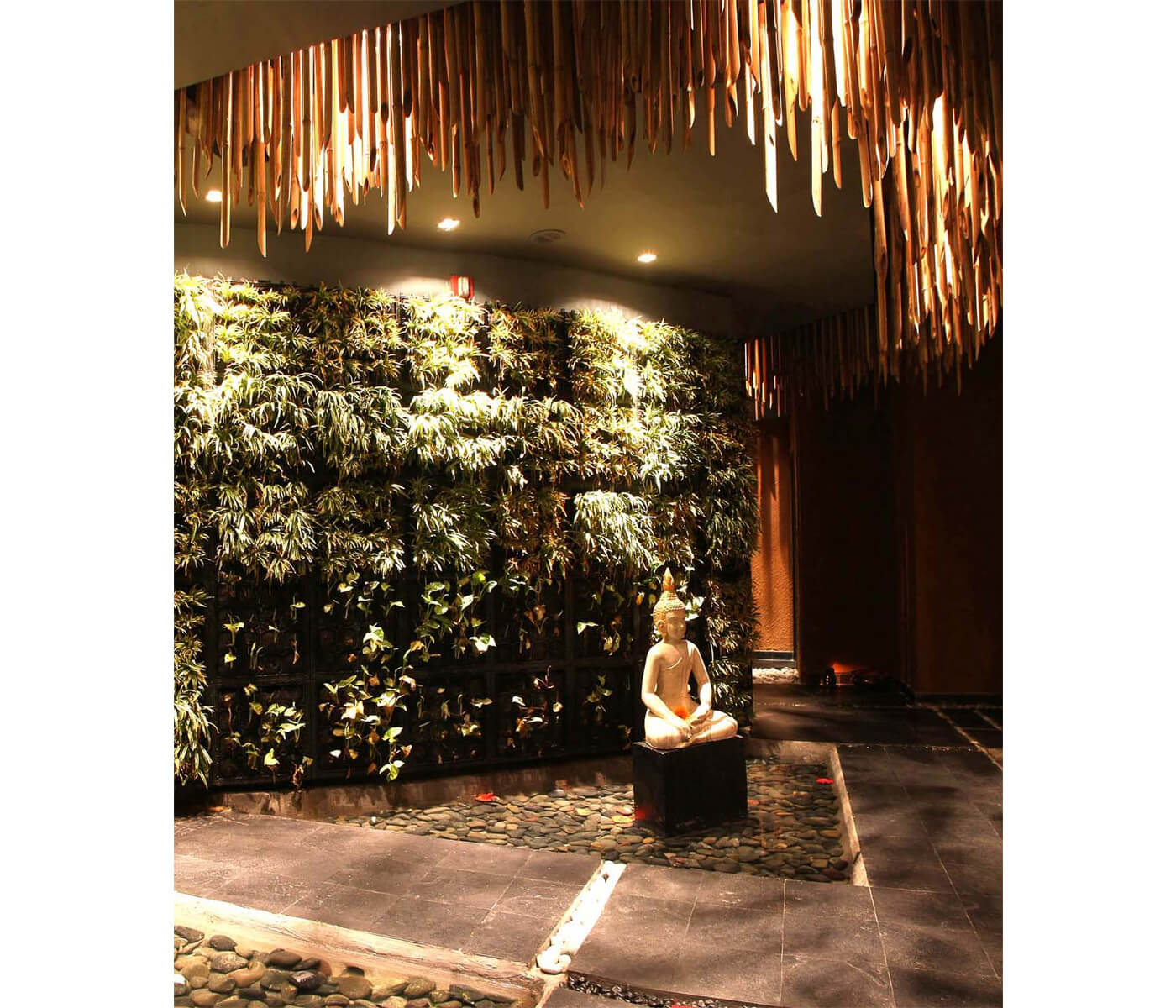
In those early days, the simplest of objects; from a nutcracker used by my grandma to a traditional coir bed, inspired and spoke to me about beauty in functionality which led me to seek context and contemporary form in traditional design.
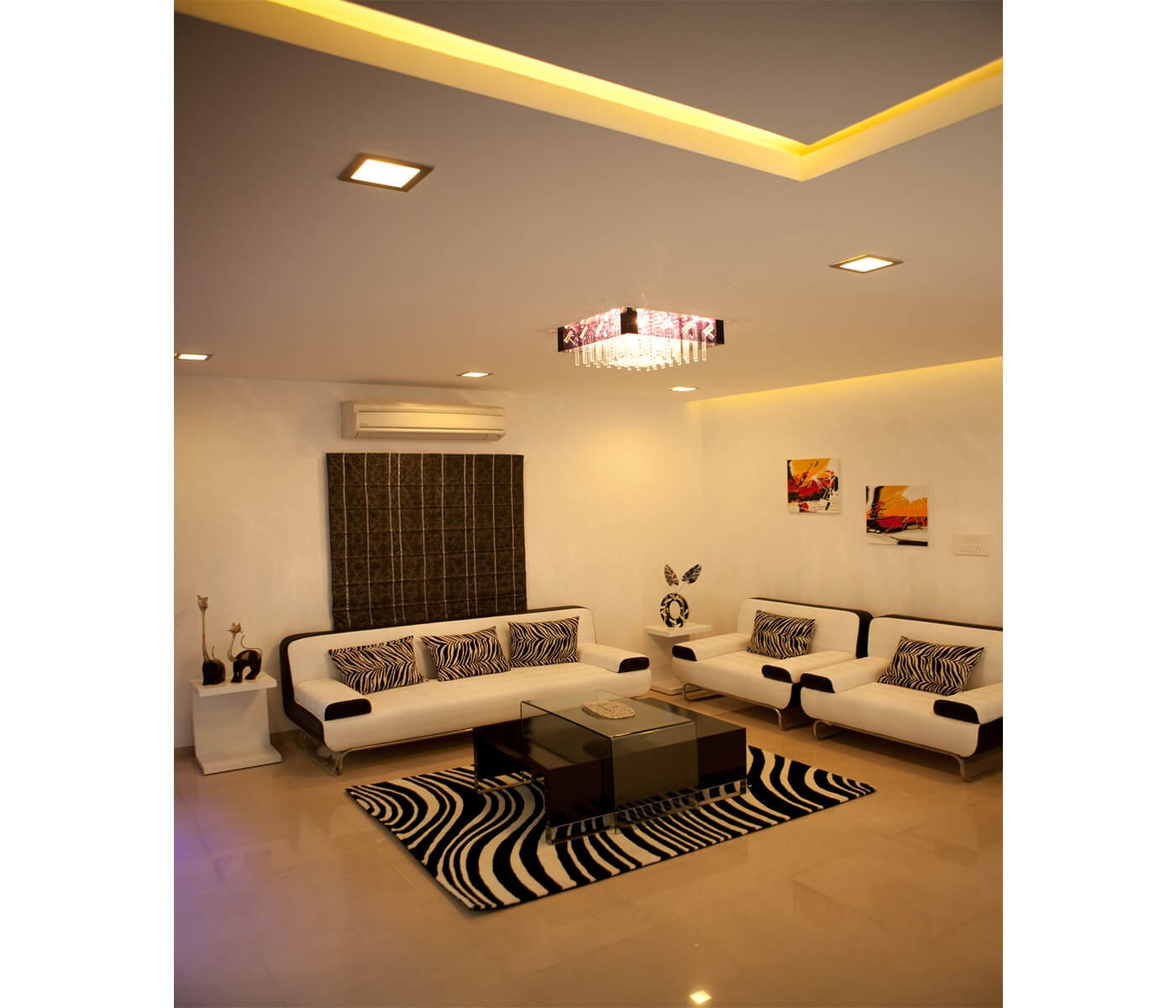
This became the cornerstone of our work at Vistaar, and helped to establish us in an industry which was still nascent in its exposure to professional designing at the middle band of society. Despite the numerous challenges in a hitherto male dominated industry, where I had to constantly prove my abilities to avoid being dismissed as nothing more than an ‘Interior Decorator’, this phase had important lessons for me in terms of both, design and life skills. For example, I learnt early on that respect is a two-way street and I have to be willing to learn from the men at the sites, with the same spirit that I shoot down their refusal to adhere to a drawing detail.
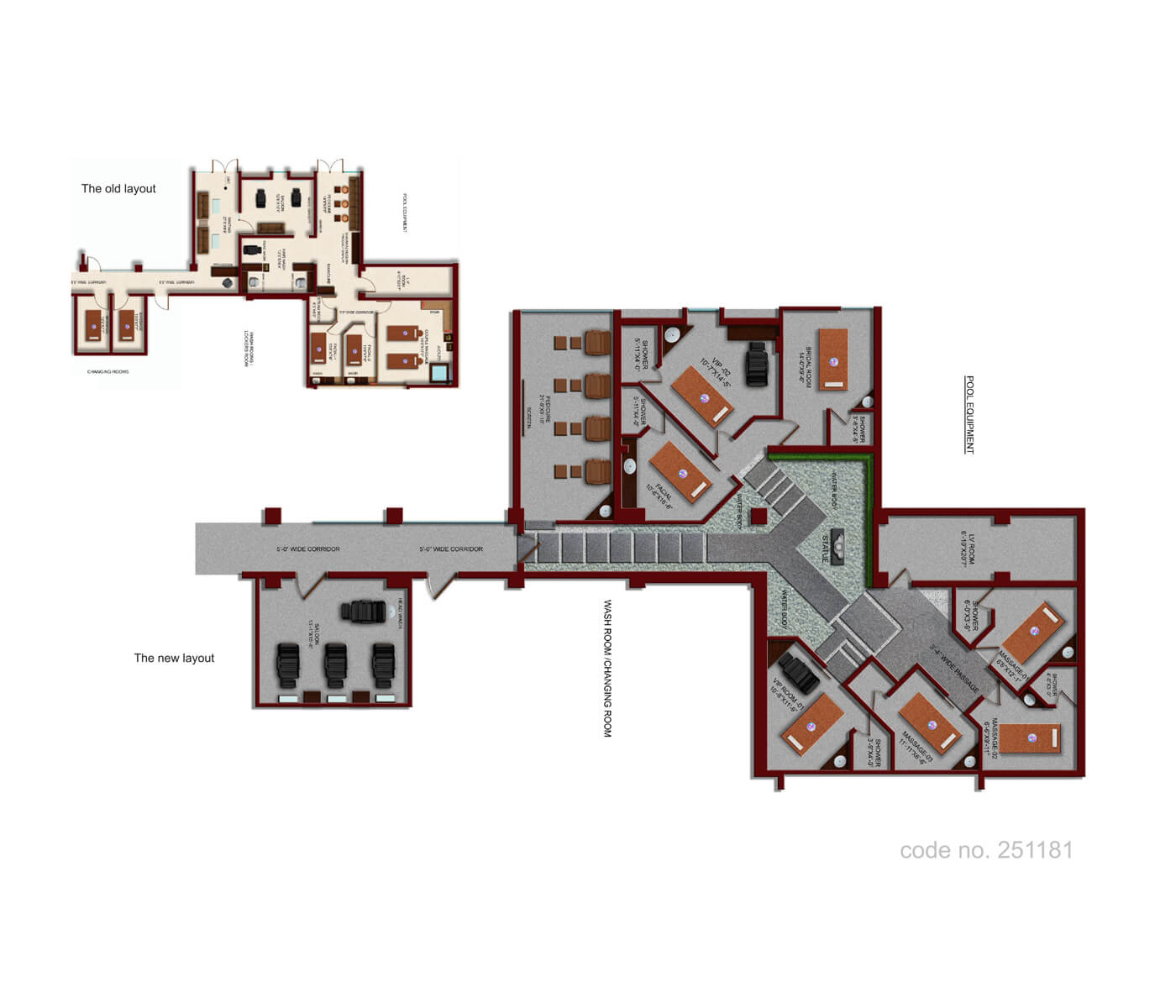
The design build model also ensured that the clients don’t just get fancy drawings but we see to it that their dream space takes shape the way it was envisaged. By now, we had evolved a signature style of weaving local themes and craftsmanship with contemporary designs to create a chic, sophisticated look with rustic overtures, which is uniquely Vistaar. Though gradual, it was gratifying to grow from renovating homes on a shoe string budget to designing brand new spaces across the spectrum of habitats and importantly, carrying my team with me.
my apathy for the conditions outside premium residences in plush gated communities inspired me to use the principles of design on a larger, more inclusive canvas which led to the creation of a citizen’s movement
Understanding the ‘sense and sensibilities’ of design has led us to embedding context in all that we design and helped us transcend our focus from mere aesthetics to something infinitesimally richer; culturally, functionally and contextually. What does our design mean to the clients? Does it express their beliefs, their value system, and their very identity? Does it serve to fulfil their sense of belonging? Or in a bid for lowering costs and streamlining logistics, have we unwittingly created multitudes of similar designs which gives an extremely mass-produced feel; the individuality lost somewhere between our comfort zones and billing cycles? Are the contexts of the socio-cultural environment and the local considerations visible in them?
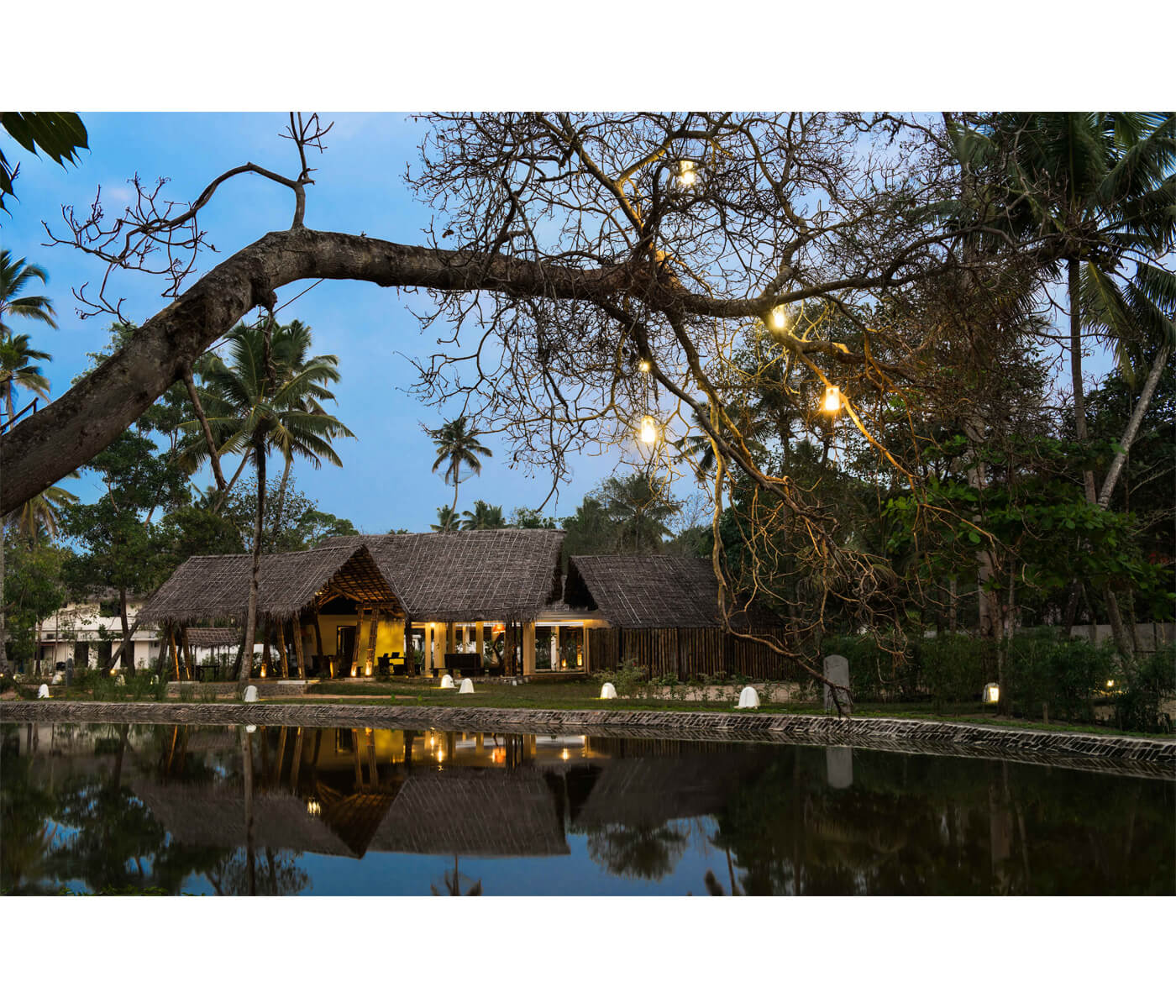
These are the questions we asked ourselves as designers. Our next steps involved taking a deep contextual look at spaces and then creating designs which are modern, functional and stylish while retaining strong traditional influences and being eco- friendly, by using local craftsmen, artisans and artists for custom designing architectural details such as furniture, lighting and fabrics.
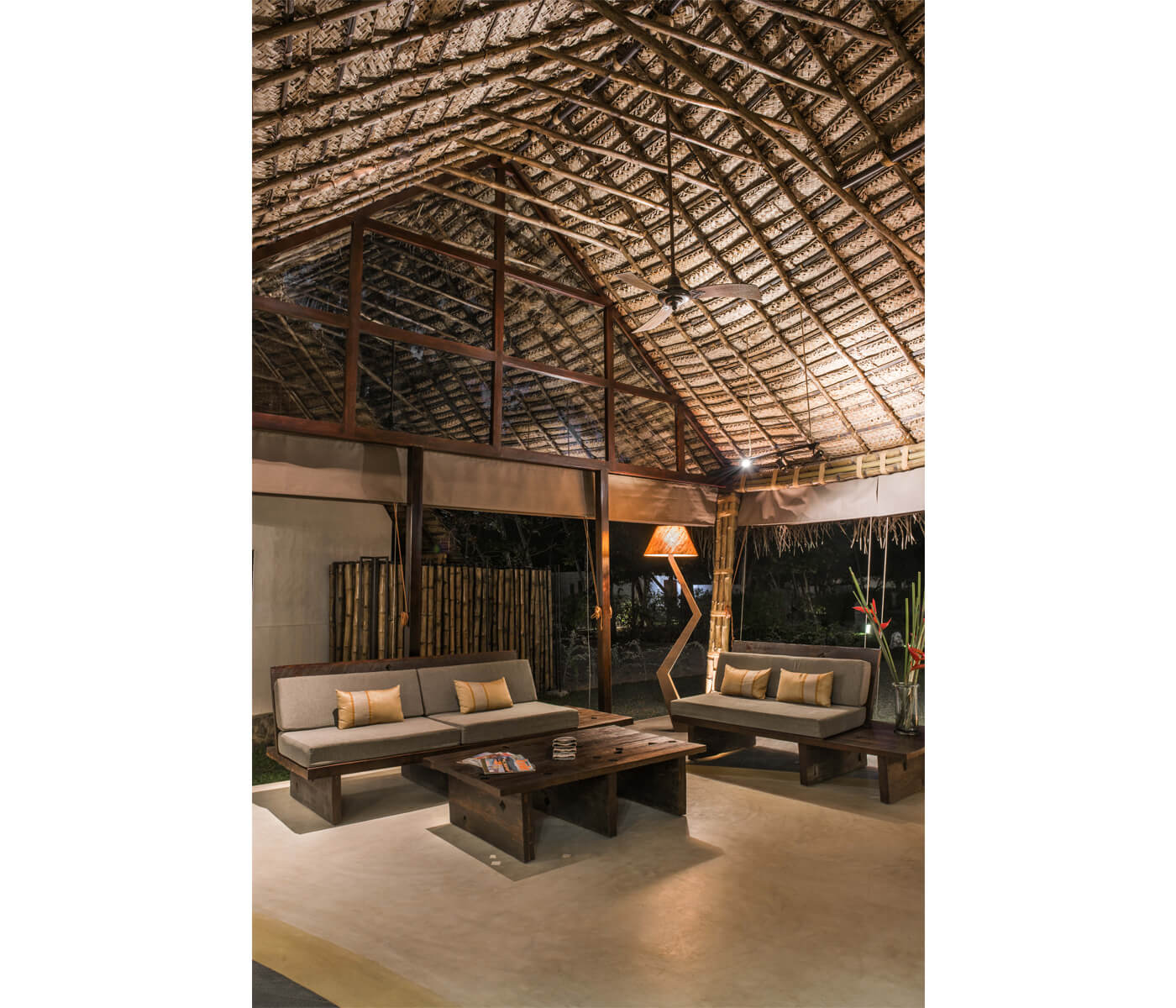
So, be it the residence of a septuagenarian ex CMD of a multimillion dollar company, or a hospitality project deep in the forests of Maharashtra and even the high altitude desert of Ladakh, we have been able to converge the individuality of the client with the local conditions, available resources and create a storyline in the design philosophy and the At the same time, we have leveraged is our willingness to go the extra mile and undertake projects across continents and in any terrain/ region such as Wayanad, Tadoba and Ladakh. Today, Vistaar can proudly claim to have a Pan India and International portfolio.
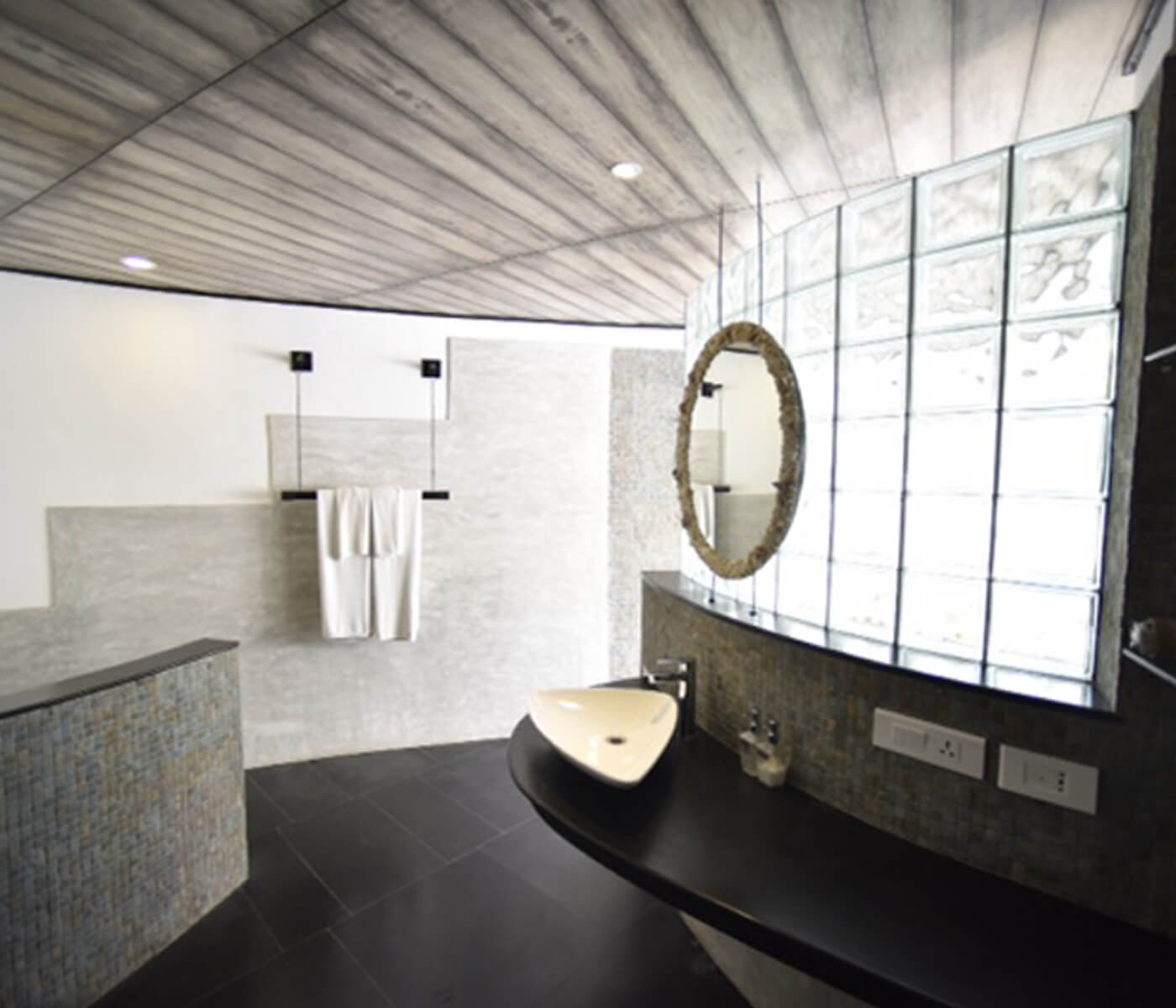
Simultaneously, my apathy for the conditions outside premium residences in plush gated communities inspired me to use the principles of design on a larger, more inclusive canvas which led to the creation of a citizen’s movement (MGMS) for more aesthetic and hygienic spaces. This belief on the importance of context-based design and public spaces have fuelled the desire to connect with the ‘Gen-Next’ of architects and encouraged my tryst with professional design forums and colleges.
We hope that our spirit for newness and ability to thrive in remote areas will lure us to even more exotic landscapes and educate us further on the wonders of human ingenuity and resourcefulness.
We shall continue our endeavours to make Vistaar Associates count amongst the preferred design studios in the country and abroad with the design-build model. We are using technologies like 3D printing and virtual reality and analytical tools in the upcoming projects. The core design philosophy, however, will continue to be guided towards creating context driven solutions but should likely see us being more discerning in the choice of projects we undertake. We hope that our spirit for newness and ability to thrive in remote areas will lure us to even more exotic landscapes and educate us further on the wonders of human ingenuity and resourcefulness.
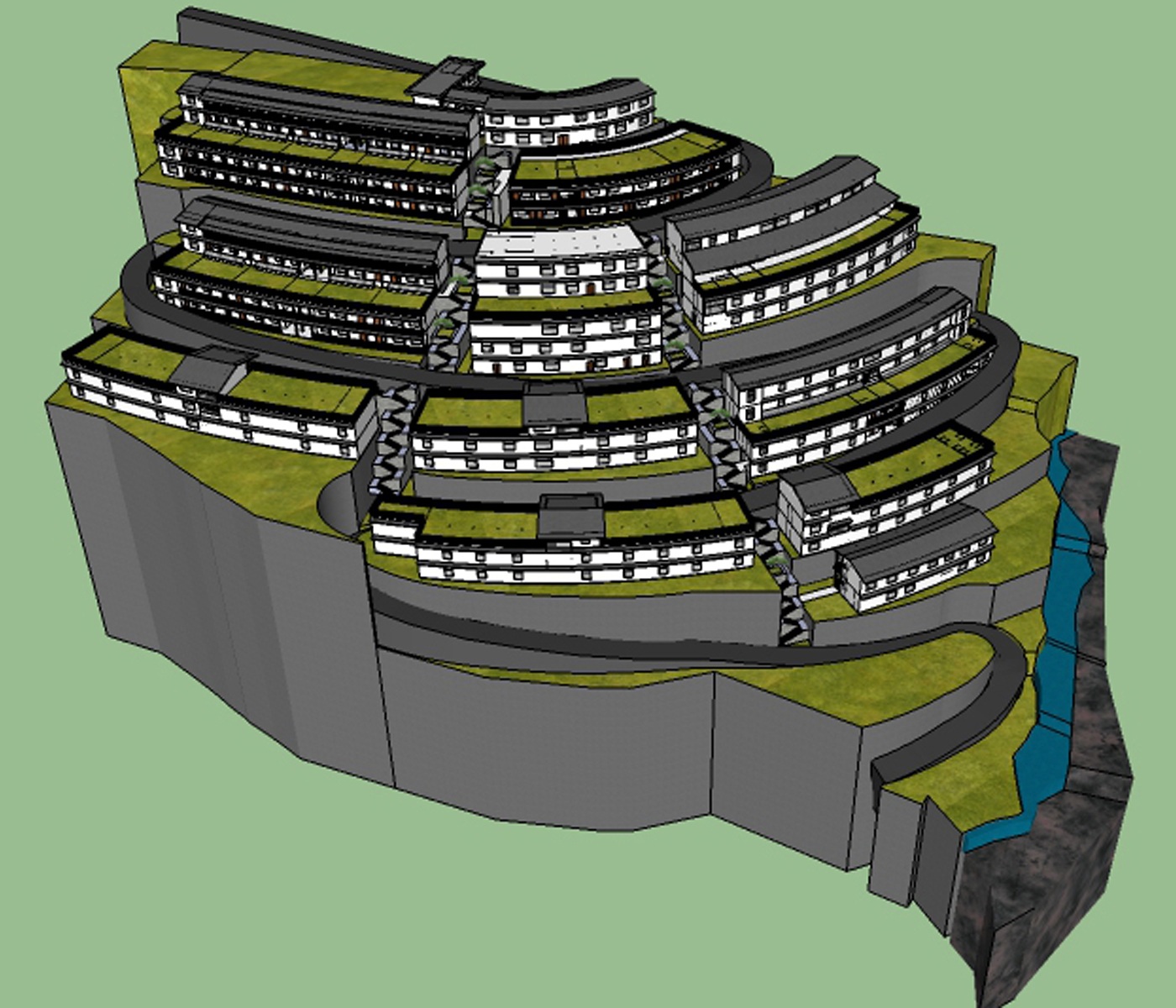
We plan to build on the excellent start we achieved in public design by calling out to like-minded bodies and of course the people, to give wings to my vision for creating meaningful spaces for the ordinary public, be it our plans for making our current initiative of Meri Gali Meri Shaan (MGMS) a model of urban space planning or documenting a city’s spaces with a view to creating design solutions for restoring those spaces which need to be preserved and shaping what needs to be included. For example, more inclusive spaces for women or a way to recycle our on-site wastage by an ‘Organ Donation’ Centre.
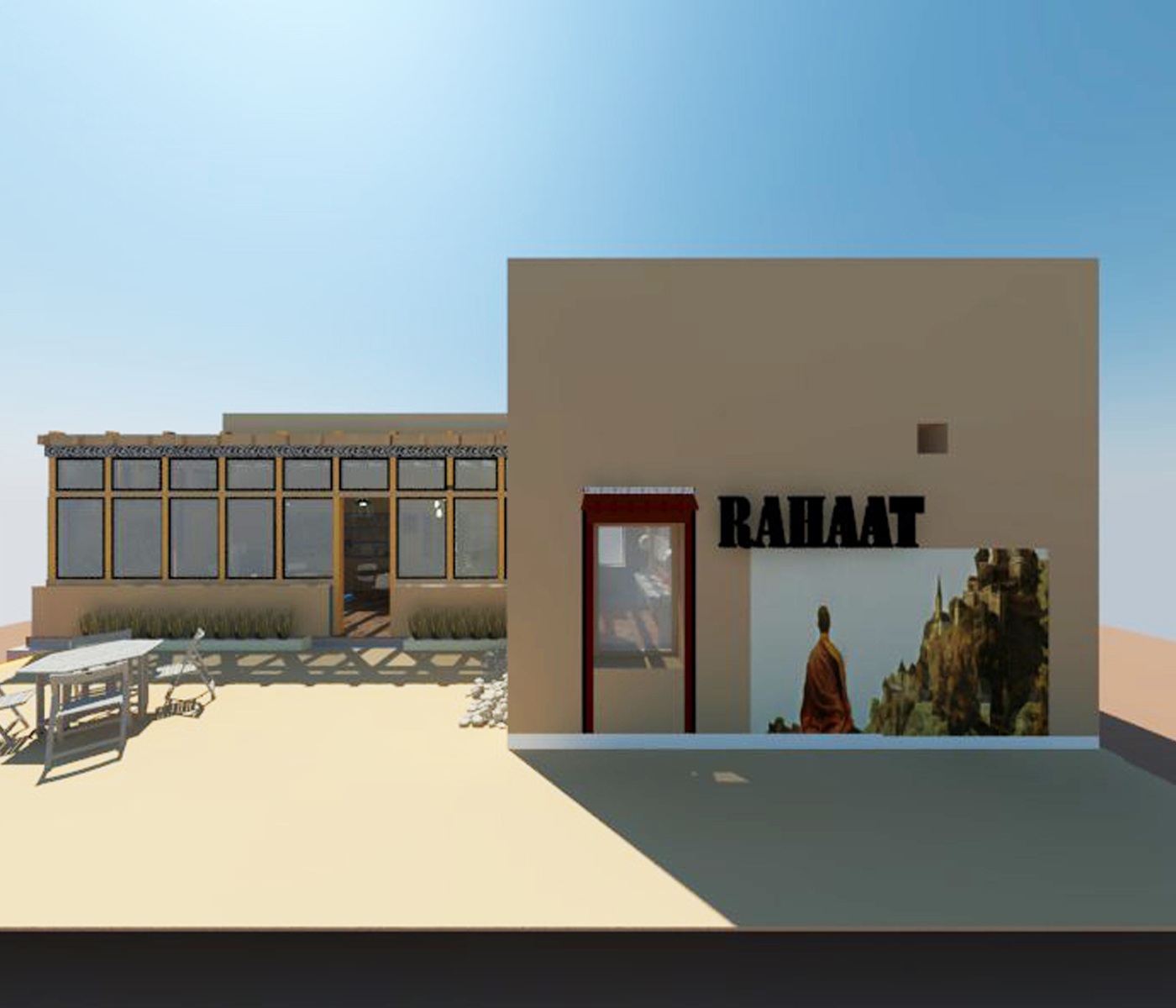
The end state we hope to achieve is to understand everyday life, how best we can impact it positively and yet preserve our heritage. However, we do not aspire for being fancy consultants, policy influencers or even claim to be social workers. Rather, like most of our projects, we intend to be more ‘hands on’ by incorporating them in our work and sphere of influence. To this end, we have already piloted a modest beginning in ‘people friendly’ design by collaborating to create self-sustaining eco-friendly toilets cum cafe’s in Leh (Ladakh) town to offset the lack of public amenities and generate revenue, employment as well as showcase the local craft, at the same time and I can envisage us collaborating with similar projects of substance in the not so distant future.
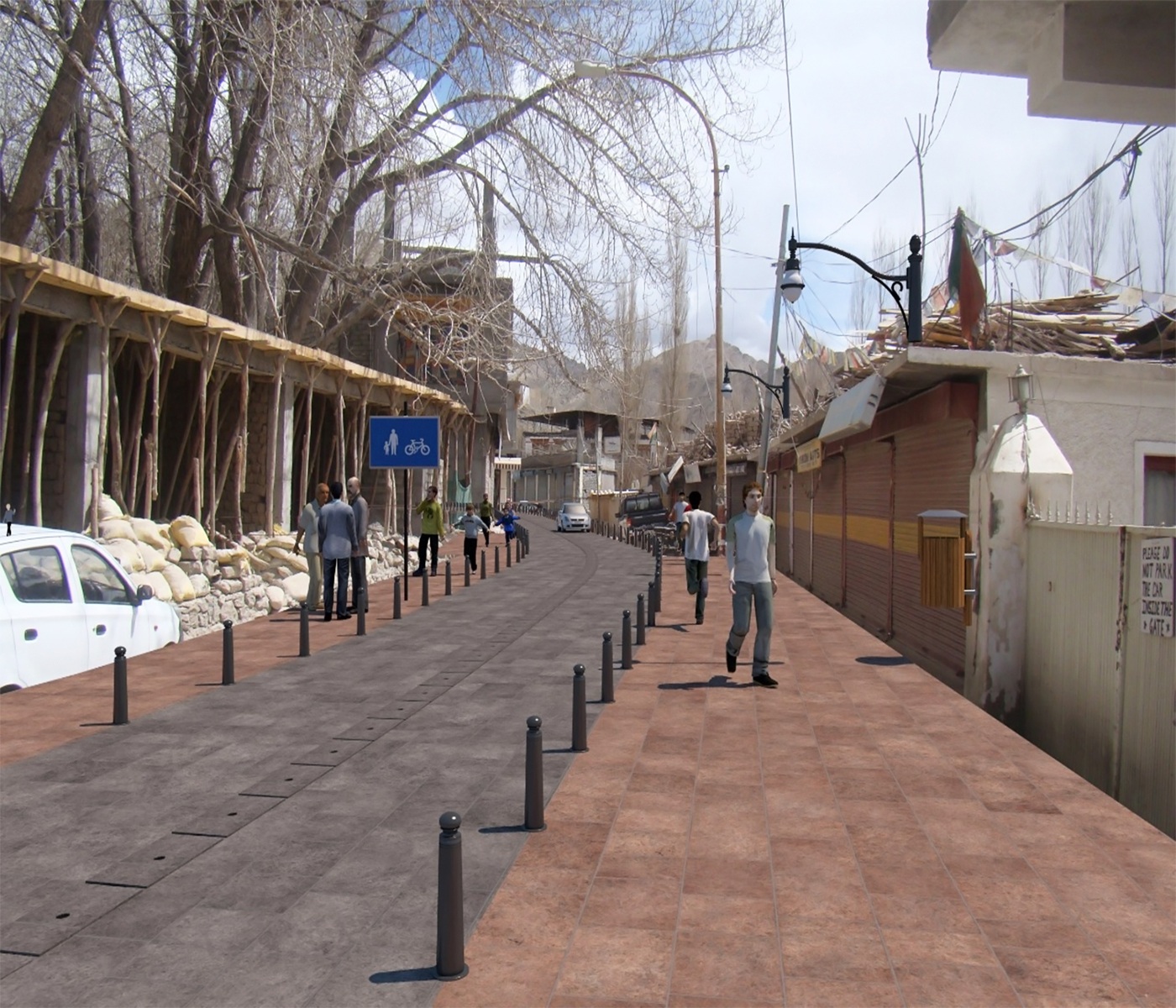
Shweta Balasubramoni
DESIGN FIELD
Interior Design and Temporary Spaces, Educational Museums and Display
LOCATION
Hyderabad, India
STUDIO NAME
Siyarch
ABOUT
Shweta Balasubramoni earned a Degree in Architecture from JNTU, Hyderabad, in 2004 and completed her Masters’ in Interior Design in 2010. She acquired her initial experience under world renowned architect B.V.Doshi at VastuShilpa Consultants, Ahmadabad, and further pursued the nuances of sustainable architecture and interiors at Inspiration, an eco-sensitive design firm in Kochi, Kerala.
Shweta, founded VISTAAR ASSOCIATES in 2008, a studio specializing in the design and creation of built environments ranging from temporary installations to high-end resorts. The firm takes a deep contextual approach with strong focus on tactile and sensory qualities of space while the design process looks at sustainability and engages with local craft and resources; fusing them with state of the art technologies. Her design build model has transformed lives and helped Vistaar Associates emerge as one of the top 50 young design firms in the country. She has also spearheaded a movement, Meri Galli Meri Shaan (MGMS) for social change which exhorts Hyderabadis to stand up for a cleaner, safer, healthier and a more aesthetic street to live in.B . Shweta has won several awards at regional and national level and has been listed as one of the young and emerging architects of the country.


